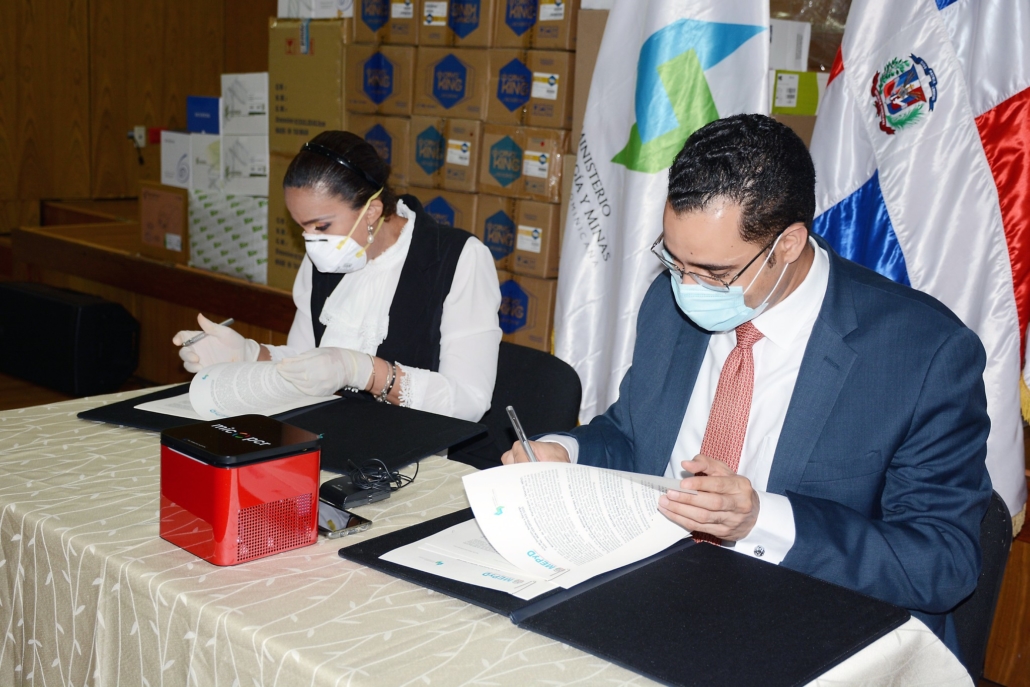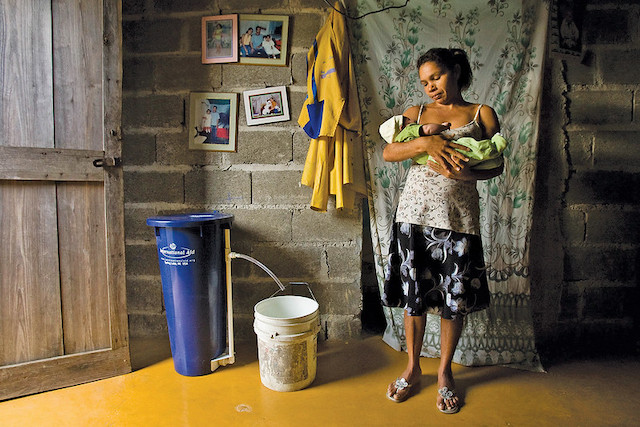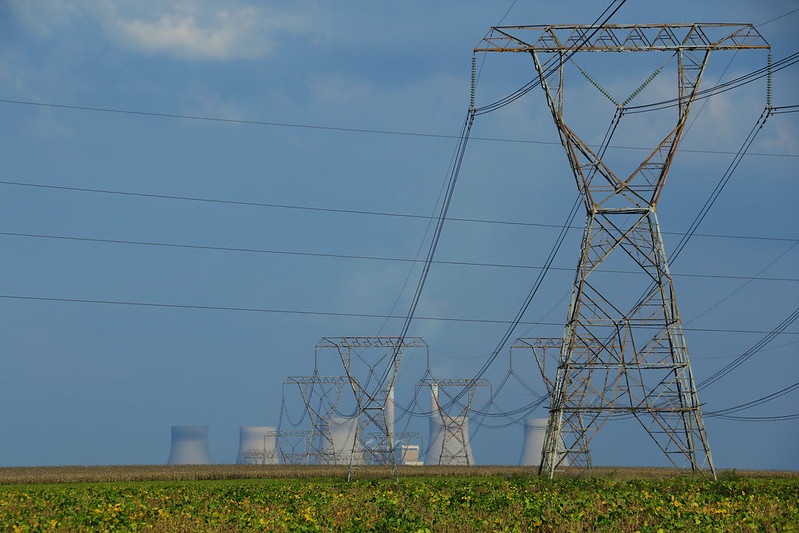 In terms of factors worsening global poverty, energy distribution and access to electricity both play a pivotal role in alleviating poverty worldwide. Many places struggle with energy distribution and access. However, in parts of Africa, particularly sub-Saharan Africa, this problem remains severe. According to the World Bank Group, 600 million people in sub-Saharan Africa lack access to electricity. This number represents nearly 83% of the world’s unelectrified population. To combat this issue, the World Bank Group has partnered with the African Development Bank and other collaborators on Mission 300, a project that aims to provide clean energy access in Africa by 2030.
In terms of factors worsening global poverty, energy distribution and access to electricity both play a pivotal role in alleviating poverty worldwide. Many places struggle with energy distribution and access. However, in parts of Africa, particularly sub-Saharan Africa, this problem remains severe. According to the World Bank Group, 600 million people in sub-Saharan Africa lack access to electricity. This number represents nearly 83% of the world’s unelectrified population. To combat this issue, the World Bank Group has partnered with the African Development Bank and other collaborators on Mission 300, a project that aims to provide clean energy access in Africa by 2030.
Ambitious Project
Mission 300 aims to deliver clean and affordable energy to nearly 300 million people. To achieve this goal, the World Bank and the African Development Bank will collaborate with governments, philanthropies, the private sector and multilateral. The success of this initiative depends on working with different governments and addressing the unique energy needs of each country, guided by local leaders. Negotiations with the private sector will also play a crucial role in managing transmission and distribution networks. Additionally, donors, philanthropists and other partners will contribute vital investments to ensure the project’s financial success and help attract public funding.
Different from Past Efforts
Previous efforts have tried to address the electricity crisis, but Mission 300 offers a new approach. First, it is African-led, allowing leaders to implement country-specific reforms tailored to their populations. Moreover, the initiative has already made progress by helping 12 million Africans gain access to electricity. Significant financial backing supports this effort, with $20 billion in funding from the International Development Association and additional support from donors and partners like the Rockefeller Foundation.
New contributors continue to join the project. Agencies from the United States (U.S.), the United Kingdom (U.K.) and Germany have expressed interest in assisting. In comparison to earlier initiatives such as the World Bank’s 2007 Lighting Africa project, which struggled to reach its goals or the African Development Bank’s 2016 ‘New Deal on Energy for Africa,’ which experienced delays due to funding gaps and logistical hurdles, Mission 300 builds on lessons from those experiences. By integrating new resources and innovative methods, this initiative aims to succeed where previous efforts fell short.
Finding Clean Energy Solutions
Mission 300 prioritizes green energy solutions like solar, wind and hydropower to limit the environmental impact of increased energy access. Mini-grids and off-grid systems will bring electricity to rural areas without relying on carbon-emitting infrastructure. Additionally, the project promotes energy efficiency measures that reduce environmental harm while eliminating reliance on kerosene and diesel fuels.
Looking to the Future
Mission 300 continues to expand, with 12 million people already connected and 90 million ongoing projects in progress. This initiative offers unprecedented clean energy access in Africa. Staying informed about Mission 300 is crucial, as the project continues its efforts to provide sustainable energy solutions for millions across sub-Saharan Africa.
– Michael Messina
Michael is based in Newburyport, MA, USA and focuses on Technology and Solutions for The Borgen Project.
Photo: Flickr
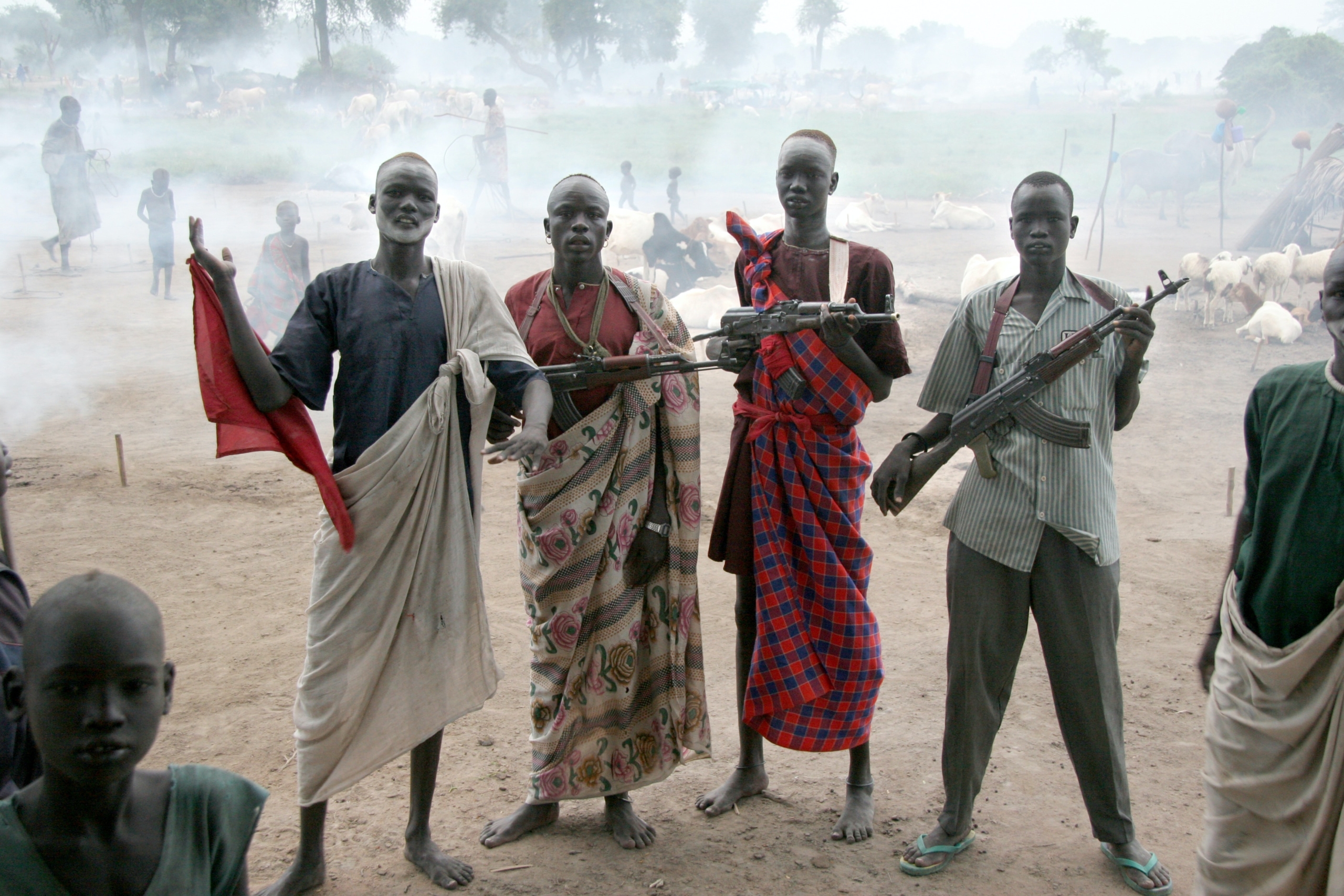 In the year 2023, many people contend that there is enough wealth to ensure that all people live contently. However, worldwide areas of the global theater are rife with significant degrees of poverty. In response, the immediate question that arises is why poverty occurs in the first place – however, the answer is not simple since there are a multitude of factors. For this reason, one cannot reduce the factors behind poverty to a single cause.
In the year 2023, many people contend that there is enough wealth to ensure that all people live contently. However, worldwide areas of the global theater are rife with significant degrees of poverty. In response, the immediate question that arises is why poverty occurs in the first place – however, the answer is not simple since there are a multitude of factors. For this reason, one cannot reduce the factors behind poverty to a single cause. 
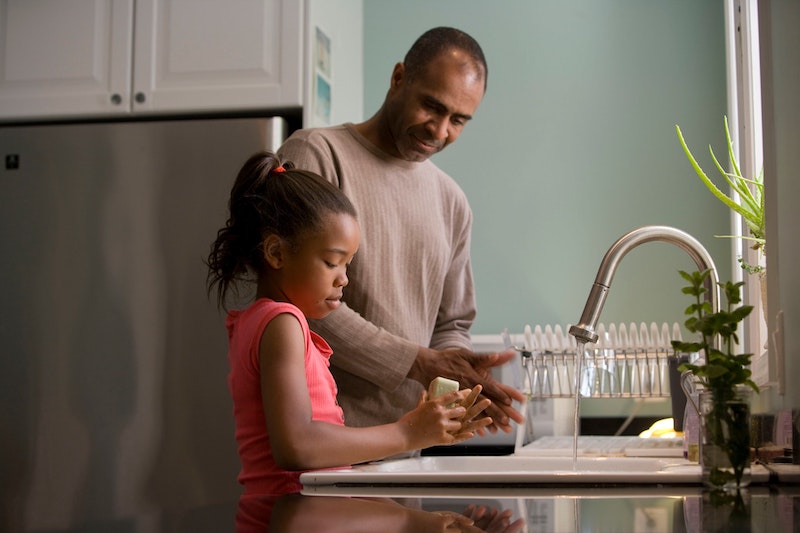
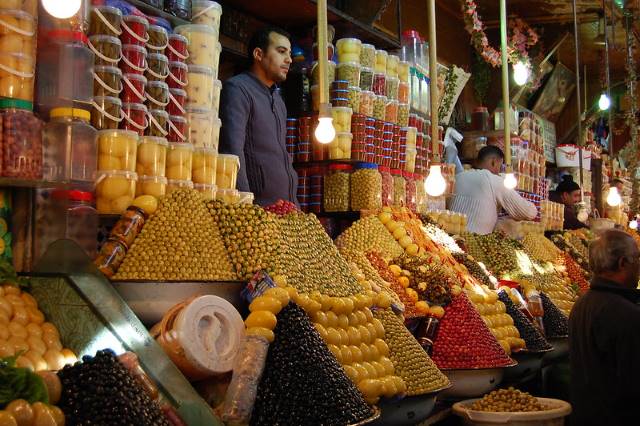 Previously, a myriad of tourists had visited Morocco to explore its diverse culture, food, landscapes, history and people. However, due to the COVID-19 pandemic, the nation has faced a devastating economic crisis. Without its regular influx of tourists or traveling diaspora, Morocco is in
Previously, a myriad of tourists had visited Morocco to explore its diverse culture, food, landscapes, history and people. However, due to the COVID-19 pandemic, the nation has faced a devastating economic crisis. Without its regular influx of tourists or traveling diaspora, Morocco is in 

 The Middle East and North Africa, or MENA region, is best known for its strategic location in relation to the lucrative fossil fuel market. Oil and gas have given many developing countries a fast track into wealth, causing rapid urbanization and social stratification. This is especially noticeable around the Persian Gulf and the Red Sea, in places such as Saudi Arabia, the United Arab Emirates, Kuwait, Iran and Egypt. Now,
The Middle East and North Africa, or MENA region, is best known for its strategic location in relation to the lucrative fossil fuel market. Oil and gas have given many developing countries a fast track into wealth, causing rapid urbanization and social stratification. This is especially noticeable around the Persian Gulf and the Red Sea, in places such as Saudi Arabia, the United Arab Emirates, Kuwait, Iran and Egypt. Now, 